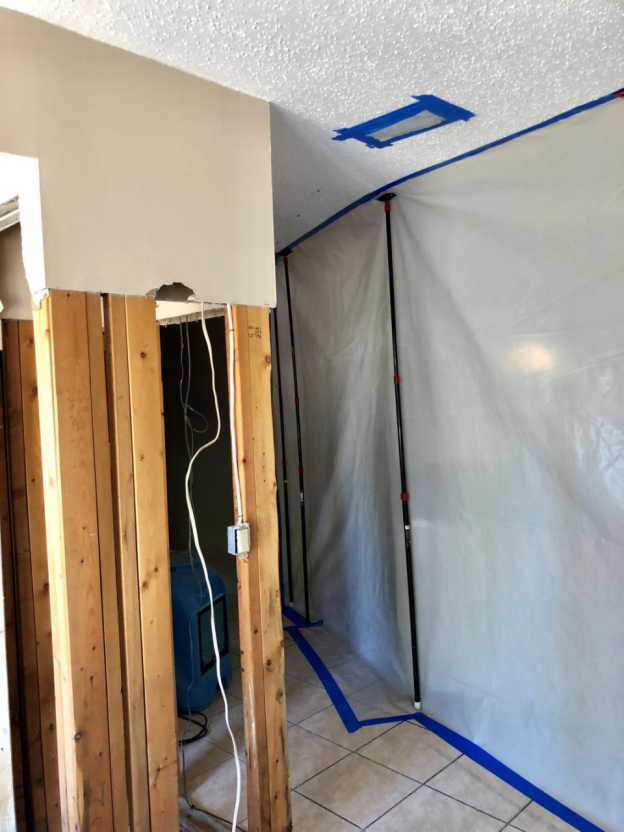
St. Petersburg, the Sunshine City, isn't immune to the fury of nature. Tropical storms, hurricanes, and even severe thunderstorms can wreak havoc on our homes and communities. St. Petersburg averages over 50 inches of rain annually, with the wettest months concentrated between June and October – prime hurricane season. This translates to a heightened risk of property damage due to strong winds, heavy rainfall, and flooding.
In the aftermath of a storm, the initial shock can be overwhelming. But fear not, fellow St. Petersburg residents! By following these recovery and restoration tips, we can navigate this challenging time effectively and get our lives back on track.
Safety First
Before venturing outside, stay updated on weather conditions and road closures. Downed power lines and debris pose serious threats. Here are some crucial safety precautions to remember:
· Never touch downed power lines. Report them to the electric company immediately.
· Beware of flooded streets and standing water. They may be hiding sinkholes or contain harmful contaminants.
· Wear sturdy shoes and gloves when clearing debris to avoid cuts or punctures.
Damage Assessment
Once it's safe to go outside, take a comprehensive look at your property. Here's a breakdown of key areas to inspect:
Exterior:
· Roof: Your roof is your home's first line of defense against the elements. Start by checking for missing or damaged shingles. Look for curled, cracked, or entirely missing shingles, as these can expose the underlayment and allow water infiltration. Pay close attention to areas around vents, chimneys, and skylights, as these are common points of vulnerability. If you have a flat roof, check for pooling water or punctures that could lead to leaks.
· Flashing: Flashing is the thin metal used to seal roof valleys, chimneys, and around vent pipes. Inspect the flashing for any cracks, tears, or loose sections. Damaged flashing can allow water to seep behind your siding and into your walls.
· Gutters and Downspouts: Clogged gutters can cause water to overflow and pool around your foundation, potentially leading to leaks. Check your gutters for debris like leaves, twigs, and even small branches. Ensure the downspouts are securely fastened and direct water away from your house.
· Siding: Look for any cracks, dents, or holes in your siding. Windblown debris can cause significant damage to siding materials. Check for warped or buckling sections, as these can indicate underlying structural issues.
· Windows and Doors: Inspect windows and doors for broken glass, cracked frames, or loose seals. Water damage around windows and doors can lead to mold growth and rot. Open and close windows and doors to ensure they function properly.
· Trees and Landscaping: Survey your property for fallen trees or large branches that may have struck your house, fence, or power lines. Be cautious around downed trees, as they may be unstable and pose safety hazards. Look for any damaged landscaping features that could become safety concerns or obstruct walkways.
Interior:

· Water Damage: Keep an eye out for telltale signs of water damage like warped floorboards, particularly around areas prone to leaks, like bathrooms, kitchens, and laundry rooms. Look for peeling paint, bubbling wallpaper, or water stains on walls and ceilings. Mold growth is a serious health hazard and often indicates hidden water damage. Inspect behind furniture and in crawlspaces for any signs of moisture or mold.
· Electrical Damage: Be extra cautious when checking for electrical damage. Look for any sparking outlets, flickering lights, or signs of burnt wires. If you suspect electrical damage, turn off the main breaker switch and avoid using any electrical appliances until a qualified electrician can assess the situation.
· Structural Damage: Look for cracks in walls, ceilings, or foundations. Large cracks can indicate structural damage caused by fallen trees, strong winds, or even flooding. While hairline cracks may be minor, it's best to have them inspected by a professional to ensure they don't pose a safety risk.
Additional Tips:
· Document Everything: Take detailed photos and videos of all the damage you find, both inside and outside your home. This documentation will be invaluable when filing an insurance claim.
· Safety First: When inspecting your attic or crawl space, wear protective gear like gloves, a mask, and sturdy shoes. Be mindful of potential hazards like mold spores, loose insulation, or exposed wiring.
· Don't Hesitate to Seek Professional Help: If you discover extensive damage or are unsure about the severity of the issue, don't hesitate to call a qualified restoration company. Professionals have the expertise and equipment to handle complex repairs safely and efficiently.
· Document Everything: Take detailed photos and videos of the damage, both inside and outside your property. This documentation will be crucial when filing insurance claims.
What to Look for in a Restoration Company
When choosing a restoration company, prioritize the following:
· Local presence: A company familiar with the nuances of St. Petersburg's building codes and permitting processes will be advantageous.
· Licensing and insurance: Ensure the company is licensed, bonded, and insured to protect yourself in case of any unforeseen circumstances.
· 24/7 emergency services: Look for companies offering emergency response services to address urgent situations like water leaks or flooding.
· Transparency and communication: Choose a company that provides clear communication throughout the restoration process, keeping you informed of progress and potential challenges.
Flood Pros USA: Your Partner in Recovery

Flood Pros USA understands the unique challenges faced by St. Petersburg residents in the aftermath of storms. We are a local company with a proven track record of providing swift, professional storm damage recovery services. Our team of experienced technicians is equipped to handle all aspects of restoration, from water damage mitigation and mold remediation to structural repairs and content cleaning.
We prioritize clear communication and work diligently to restore your property to its pre-storm condition as quickly and efficiently as possible. Contact Flood Pros USA today for a consultation. Let us help you weather the storm and get your life back on track.
Tags
Subscribe to Flood Pros USA's Blog


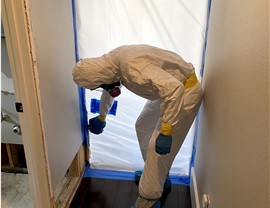
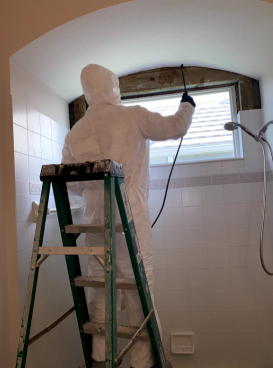
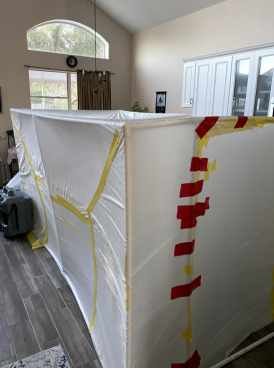
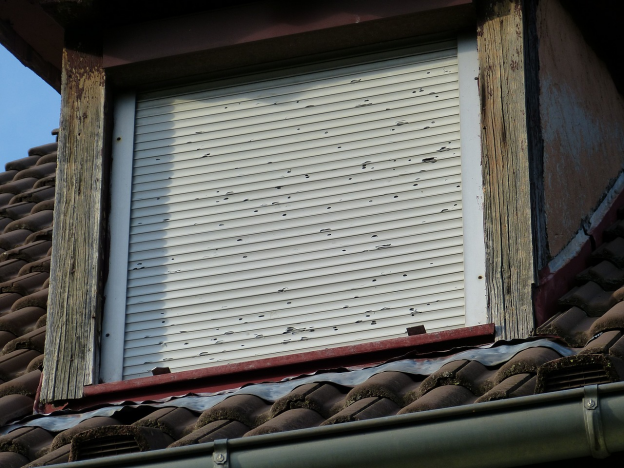

Comments